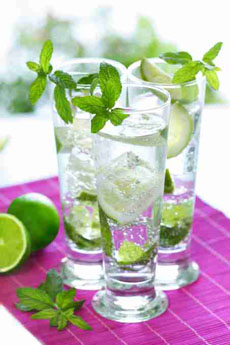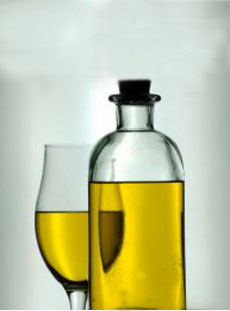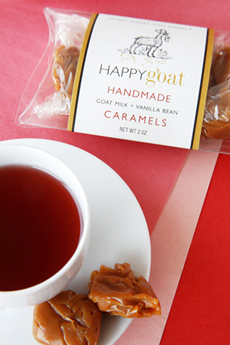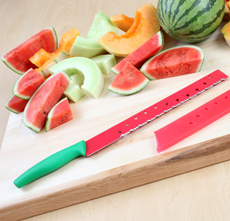
Photo by Liv Friis-larsen | Fotolia. |
|
We love the refreshing mint-flavored waters from Hint and Metromint. But in our double desire to save money and save the environment, we’ve been making our own mint water.
Unlike other flavors, it’s easy to make mint water. Using a clean medicine dropper, tap water and a recycled 16-ounce bottle (or other vessel of choice), just add three or four drops of peppermint or spearmint extract. You can add more or less extract, depending on your palate preference.
We have six bottles of homemade mint water in the fridge, ready to grab-and-go.
If you have fresh mint, crush the mint in your hands to release the oils, then place it in a pitcher or quart jar of water. Let it infuse for three hours or longer. The infusion of fresh mint is, not surprisingly, more wonderful than extract.
After the mint has infused, you can fill grab-and-go bottles, straining out the mint. |
| Serve fresh mint water at the table, with or without slices of lemon or lime, for an invigorating, non-caloric drink. Not only do you get great taste and hydration, but there are nutrition and health benefits from both the mint and the citrus. And a glass pitcher of water with mint sprigs and citrus slices looks impressive, any time of the year.
|




